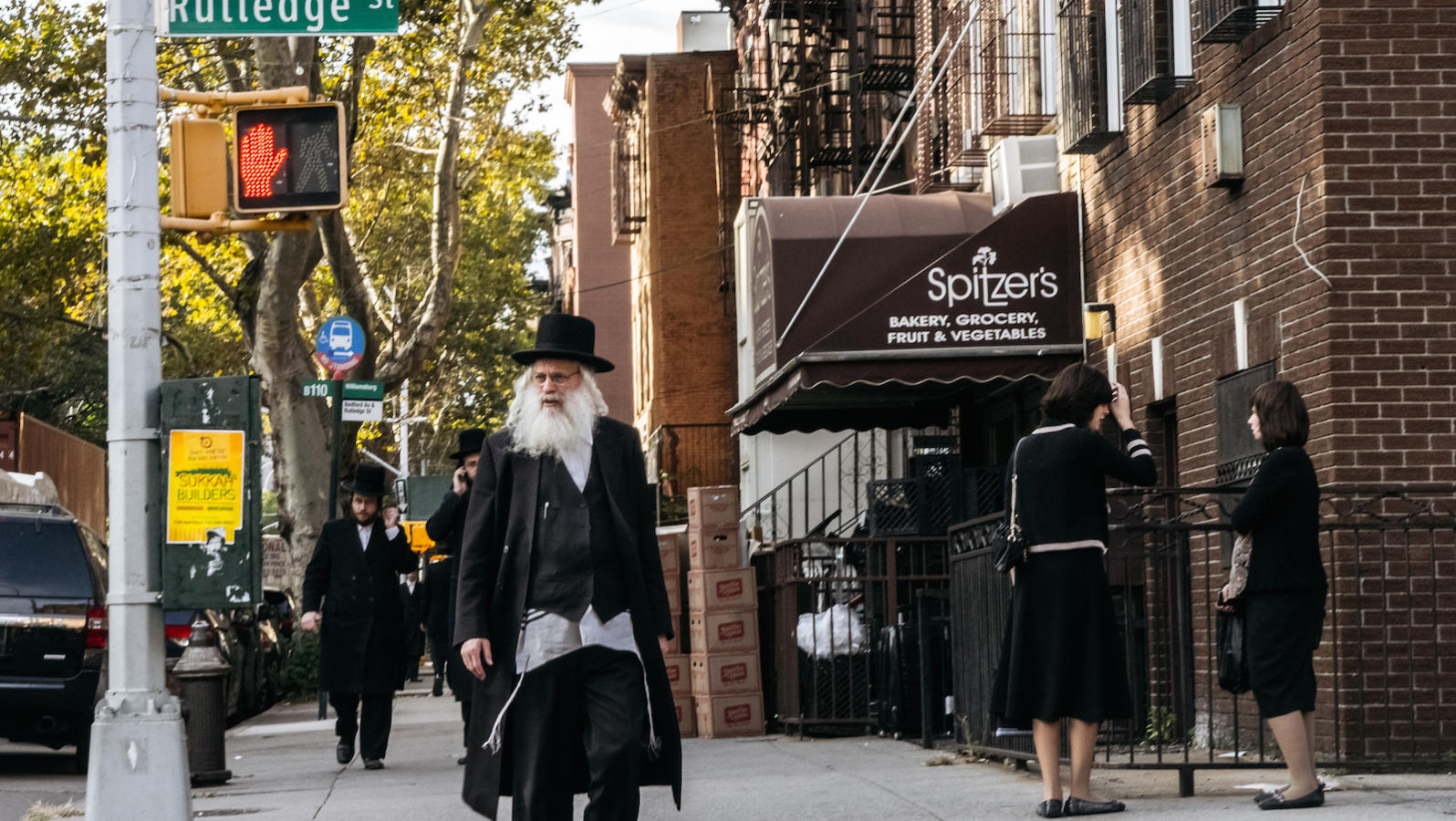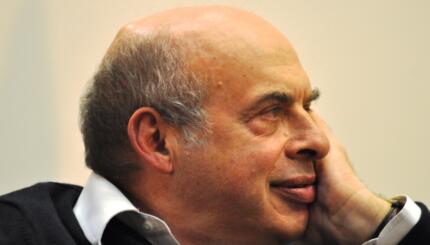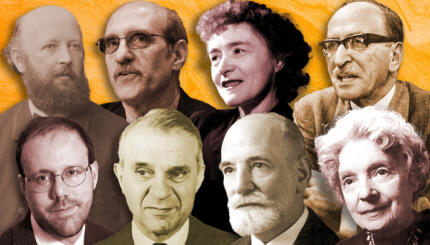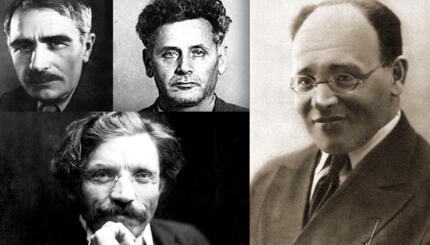Haredim are perhaps the most visibly identifiable subset of Jews today. They are easy to spot — haredi men in black suits and wide-brimmed black hats, haredi women in long skirts, thick stockings, and headcoverings — but much harder to understand.
Indeed, the history, beliefs, and practices of these devout Jews remain a mystery to many who live outside their cloistered communities. The word “haredi” is a catchall term, either an adjective or a noun, which covers a broad array of theologically, politically, and socially conservative Orthodox Jews, sometimes referred to as “ultra-Orthodox.” What unites haredim is their absolute reverence for Torah, including both the Written and Oral Law, as the central and determining factor in all aspects of life. Consequently, respect and status are often accorded in proportion to the greatness of one’s Torah scholarship, and leadership is linked to learnedness.
In order to prevent outside influence and contamination of values and practices, haredim strive to limit their contact with the outside world, avoiding, as much as possible, both non-haredi Jews and non-Jews. Interaction with outsiders is generally confined to basic economic contact and unavoidable public interactions, such as going to the post office. However, certain groups of haredim, notably, but not exclusively, members of Chabad Lubavitch, do make contact with non-haredi Jews for the purpose of kiruv — encouraging others to adopt more stringent religious observance.
The First Haredim
The haredi phenomenon is relatively recent, though its precise origins are difficult to trace.
With your help, My Jewish Learning can provide endless opportunities for learning, connection and discovery.
In the 19th century, with the spread of industrialization and urbanization, the barriers that once kept Jews out of European society were loosened. The consequent emergence of a new, more worldly kind of Jew prompted a defensive backlash which led to the birth of an extremely conservative, anti-secular, isolationist expression of Judaism. Major haredi leaders of this era included prominent Eastern European rabbinic figures such as Rabbi Chaim of Volozhin (1749-1821) and Rabbi Yisrael Meir Kagan, also known as the Chofetz Chaim (1838-1933).
The founding in Poland in 1912 of the Agudas Yisroel, a group representing the social and cultural interests of fervently religious Jews, was a major moment in the emergence of the haredi movement. Created in response to escalating assimilation and secularization within worldwide Jewry, Agudas Yisroel aimed to preserve and maintain Torah-bound Judaism, both on the individual and collective level. The organization was also significant because it was created by a coalition of Hasidim and Mitnagdim — the two major camps of haredi Jews that had previously been rivals.
Hasidism, a movement that emerged in Eastern Europe in the mid-18th century, validated the simple piety of those who could not master the intricacies of advanced talmudic scholarship. The established rabbis, who decried Hasidism as false and corrupted, were referred to as “opposers” — or, in Hebrew, Mitnagdim. But as the Hasidic movement evolved, formal yeshiva scholarship became increasingly important in this community as well. This led to a lessening of the differences between Hasidim and Mitnagdim, and some rapprochement, making the 1912 Agudas Yisroel coalition possible.
The Holocaust
The Holocaust was also a critical factor in the development of haredi Judaism. With the destruction of the major European yeshivot, as well as the deaths of myriads of the affiliated faithful, the extinction of religious life as practiced in the shtetl seemed nearly inevitable.
But the remaining few highly observant European Jews sought to preserve their lifestyle by moving their communities and learning institutions elsewhere, mainly to Israel and the United States. Leaving many of their followers behind, European rabbinic figures who were saved — such as the Beltzer Rebbe; Rabbi Avraham Mordechai Alter, the third Hasidic rebbe of Ger; and the Satmar Rebbe — helped reestablish learning centers for their communities in new locales.
Though haredi communities were established all over the world after World War II, when the State of Israel was formed, the center of haredi activity transferred there. In Israel, haredim established yeshivot, often bearing the names of destroyed European yeshivot, and haredi communal life started anew. Agudas Yisroel was organized into a political party called Agudat Israel, using the modern Israeli Hebrew pronunciation. Over time, the party spawned several factions, some of which became splinter parties representing various factions of Hasidim and Mitnagdim.
The state of Israel currently has the largest haredi population worldwide, with an estimated 1.2 million, with the U.S. trailing behind at about 700,000. With the most explosive birthrate of any Jewish group, haredi Judaism may very well come to dominate the population of the Jewish world in years to come.
Family and Lifestyle
Haredi Jews usually live in communities populated mostly or exclusively by haredim. Each community has its own synagogues, yeshivot, and community-oriented organizations. The major centers of haredi life in the United States are in and around New York City: Borough Park, Monsey, and Williamsburg. The two largest haredi communities in Israel are the city of Bnei Brak and in Jerusalem’s Mea She’arim district.
Because most varieties of secular education are frowned upon, few haredim hold professional degrees. Most adult men devote themselves to full-time Torah study, and their wives commonly assume the role of breadwinner. Because most haredim live in single-earner households with large numbers of children, haredi communities are generally characterized by extreme poverty, requiring subsidies from charities and governments in order to subsist. However, in recent years, a new haredi upper-class has emerged, especially in Israel, flourishing in upper-management business and the diamond industry. Children of the haredi upper-class attend the same yeshivot as their less-privileged peers, while their parents direct a very large portion of their income to communal charities and funds that support major rabbinic figures and their projects.
When faced with major life decisions such as where to live, whom to marry, and whether to study full-time or work, haredi Jews often consult their rabbis. This tendency is rooted in the principle of da’as torah (Torah knowledge), which mandates that one seek Torah-based guidance from a recognized rabbinic authority on all matters of life.
Haredi Politics
Many haredim are fundamentally opposed to a secular, modern, pre-messianic Jewish state. A minority, including Sephardim and Chabad-Lubavitch Hasidim, are either ardently or passively Zionist. In 1947, Agudat Israel attempted to dissuade the General Assembly of the United Nations from voting in favor of the partition of Palestine. To this day, Agudat Israel members run for election and sit in the Knesset, but they refuse to accept any official ministerial post in the Israeli cabinet, and remain steadfast in their anti-Zionist ideology.
Though resistant to active participation and affiliation with Israel’s mostly secular democracy, haredi political groups function with the aim of aligning Israel’s policies with halakhah, or Jewish law, as well as insuring that haredi schools and institutions continue to receive government funding.
Although one may be tempted to view haredi culture as a monolith, various subtle and not-so-subtle distinctions exist. For example, Sephardim may or may not be considered haredi — since, as a group, ultra-Orthodox Sephardim do not reject the validity of the modern state of Israel. Also, since the haredi phenomenon began exclusively among Ashkenazic Jews, there is debate as to whether Sephardic Jews educated and socialized in European yeshivot that were restored in Israel, should actually be called haredi. The existence of institutions such as the Israeli political party Edah ha’Hareidit ha’Sepharadit suggest that today there indeed is racial diversity among haredim.
Despite internal differences, the political and demographic strength of haredim — both in Israel, and in world Jewry in general — continues to grow dramatically. Their ardent and uncompromising devotion to their principles, together with their prodigious birth rate, virtually assure that the haredi community will be a major force in shaping the Judaism of the future.
Chabad-Lubavitch
Pronounced: khuh-BAHD loo-BUV-itch (oo as in boot), Hasidic sect known for its outreach to the larger Jewish community.
haredi
Pronounced: hah-RAY-dee, Origin: Hebrew, literally "in awe of" or "fearing" God, this means ultra-Orthodox or fervently Orthodox.
Hasidic
Pronounced: khah-SID-ik, Origin: Hebrew, a stream within ultra-Orthodox Judaism that grew out of an 18th-century mystical revival movement.
Sephardic
Pronounced: seh-FAR-dik, Origin: Hebrew, describing Jews descending from the Jews of Spain.
shtetl
Pronounced: shTETTull, Origin: Yiddish, a small town or village with a large Jewish population existing in Eastern or Central Europe in the 19th and early-to-mid 20th century.
Torah
Pronunced: TORE-uh, Origin: Hebrew, the Five Books of Moses.
yeshiva
Pronounced: yuh-SHEE-vuh or yeh-shee-VAH, Origin: Hebrew, a traditional religious school, where students mainly study Jewish texts.
halachic
Pronounced: huh-LAKH-ic, Origin: Hebrew, according to Jewish law, complying with Jewish law.
halacha
Pronounced: hah-lah-KHAH or huh-LUKH-uh, Origin: Hebrew, Jewish law.



